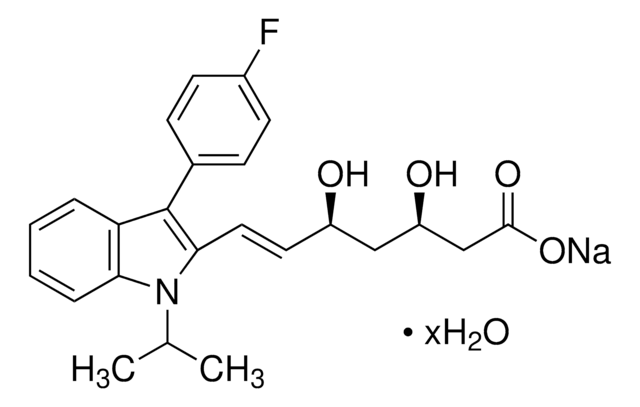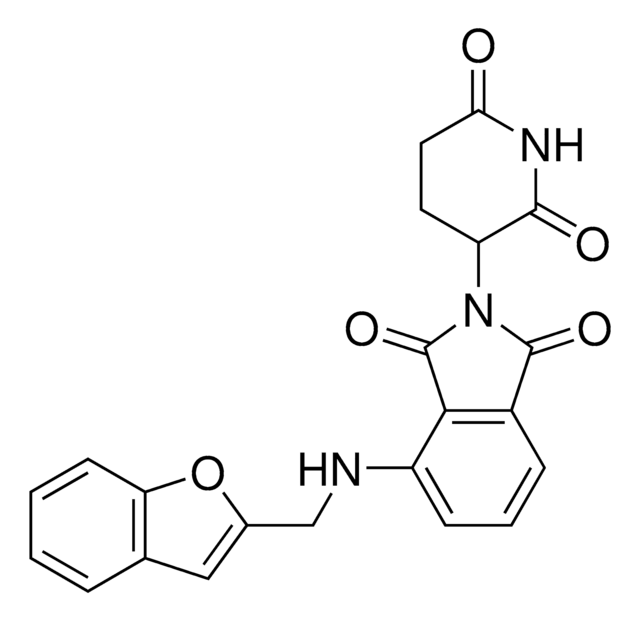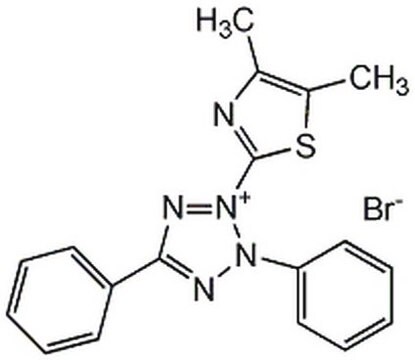L9919
LY2033298
≥98% (HPLC)
Synonym(s):
3-Amino-5-chloro-N-cyclopropyl-6-methoxy-4-methyl-thieno[2,3-b]pyridine-2-carboxamide
About This Item
Recommended Products
Assay
≥98% (HPLC)
form
solid
storage condition
desiccated
color
off-white to tan
solubility
DMSO: >20 mg/mL
originator
Eli Lilly
storage temp.
−20°C
SMILES string
COc1nc2sc(C(=O)NC3CC3)c(N)c2c(C)c1Cl
InChI
1S/C13H14ClN3O2S/c1-5-7-9(15)10(11(18)16-6-3-4-6)20-13(7)17-12(19-2)8(5)14/h6H,3-4,15H2,1-2H3,(H,16,18)
InChI key
CTEGQKDJTBWFHW-UHFFFAOYSA-N
Biochem/physiol Actions
Features and Benefits
Signal Word
Danger
Hazard Statements
Precautionary Statements
Hazard Classifications
Resp. Sens. 1
Storage Class Code
11 - Combustible Solids
WGK
WGK 3
Flash Point(F)
Not applicable
Flash Point(C)
Not applicable
Regulatory Listings
Regulatory Listings are mainly provided for chemical products. Only limited information can be provided here for non-chemical products. No entry means none of the components are listed. It is the user’s obligation to ensure the safe and legal use of the product.
JAN Code
L9919-BULK:
L9919-VAR:
L9919-5MG:
L9919-25MG:
Certificates of Analysis (COA)
Search for Certificates of Analysis (COA) by entering the products Lot/Batch Number. Lot and Batch Numbers can be found on a product’s label following the words ‘Lot’ or ‘Batch’.
Already Own This Product?
Find documentation for the products that you have recently purchased in the Document Library.
Our team of scientists has experience in all areas of research including Life Science, Material Science, Chemical Synthesis, Chromatography, Analytical and many others.
Contact Technical Service









